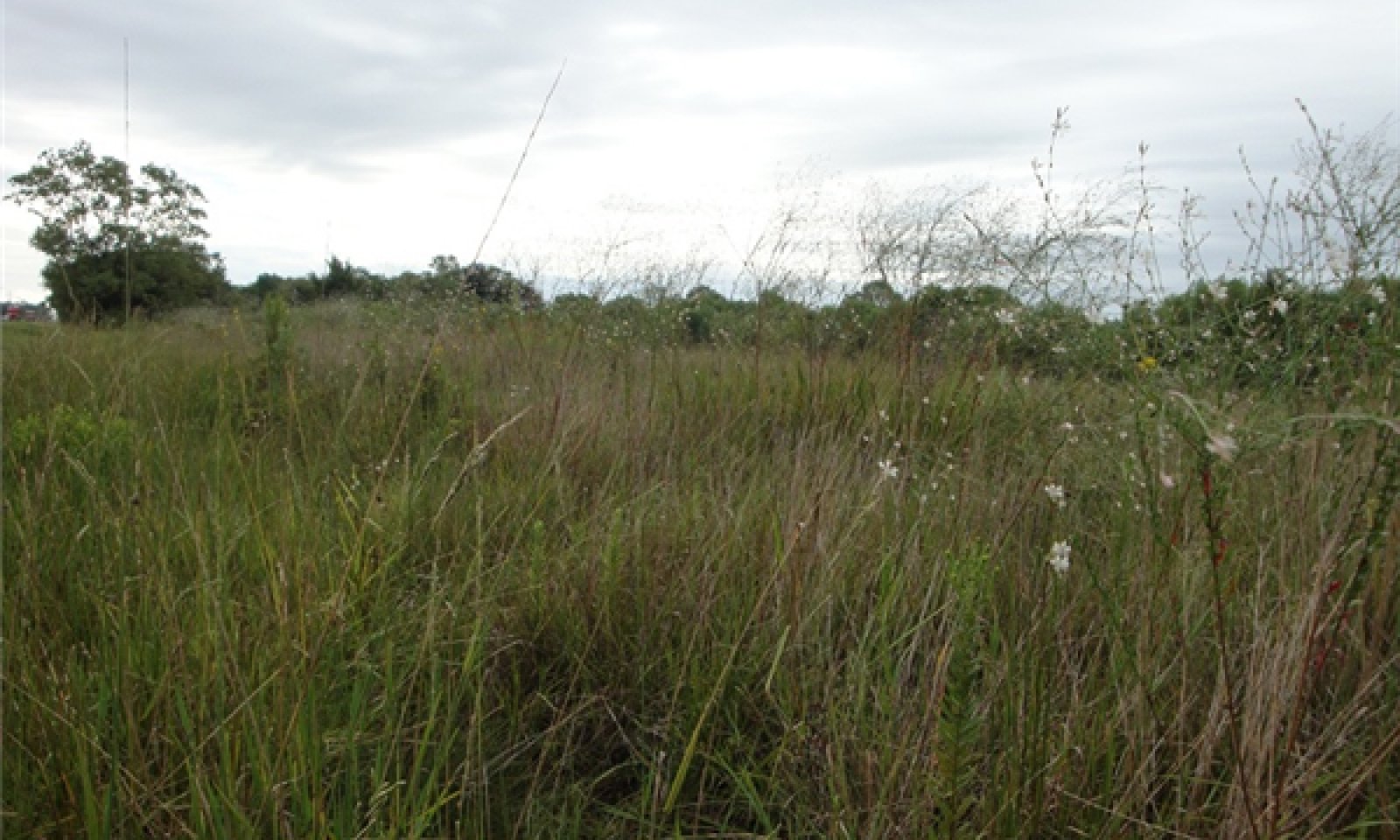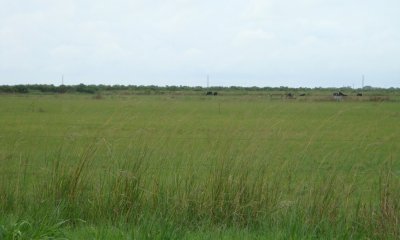
Clayey Terrace Prairie
Scenario model
Current ecosystem state
Select a state
Management practices/drivers
Select a transition or restoration pathway
-
Transition T1A
Absence of disturbance and natural regeneration over time
More details -
Transition T1B
Clearing of native vegetation, followed by planting of improved forage species or annual crops
More details -
Restoration pathway R2A
Reintroduction of fire and regular disturbance return intervals
More details -
Transition T2A
Clearing of vegetation, followed by planting improved forage species or annual crops
More details -
Transition T3A
Absence of disturbance and natural regeneration over time
More details -
No transition or restoration pathway between the selected states has been described
Target ecosystem state
Select a state
Description
The Reference state is considered to be representative of pre-Euro settlement conditions. Climate, fire, and grazing by native wild herbivores were the major ecological drivers. There are historical records that fires commonly occurred, but none that definitively describe the frequency, timing, or intensity of fires. It has been postulated fires occurred as frequently as every 2 to 5 years. Historically, bison were the primary large ungulates that grazed the site.
Submodel
Description
The Encroached state is characterized by an increase in long-lived woody plants. Changes in disturbance frequency has allowed woody plants do dominate ecological processes, such as rates of runoff and infiltration, shading, litter accumulation, nutrient cycling and biomass production.
Submodel
Mechanism
Lack of prescribed grazing, fire, and brush management will transition the Grassland State (1) to the Woodland State (2).
Mechanism
Planting introduced forages in the form of crops or grasses will transition the site to the Converted State (3).
Mechanism
Restoration back to reference conditions requires brush management to remove the overstory canopy followed by prescribed grazing and return of regular fire intervals.
Mechanism
Planting introduced forages in the form of crops or grasses will transition the site to the Converted State (3).
Model keys
Briefcase
Add ecological sites and Major Land Resource Areas to your briefcase by clicking on the briefcase (![]() ) icon wherever it occurs. Drag and drop items to reorder. Cookies are used to store briefcase items between browsing sessions. Because of this, the number of items that can be added to your briefcase is limited, and briefcase items added on one device and browser cannot be accessed from another device or browser. Users who do not wish to place cookies on their devices should not use the briefcase tool. Briefcase cookies serve no other purpose than described here and are deleted whenever browsing history is cleared.
) icon wherever it occurs. Drag and drop items to reorder. Cookies are used to store briefcase items between browsing sessions. Because of this, the number of items that can be added to your briefcase is limited, and briefcase items added on one device and browser cannot be accessed from another device or browser. Users who do not wish to place cookies on their devices should not use the briefcase tool. Briefcase cookies serve no other purpose than described here and are deleted whenever browsing history is cleared.
Ecological sites
Major Land Resource Areas
The Ecosystem Dynamics Interpretive Tool is an information system framework developed by the USDA-ARS Jornada Experimental Range, USDA Natural Resources Conservation Service, and New Mexico State University.








